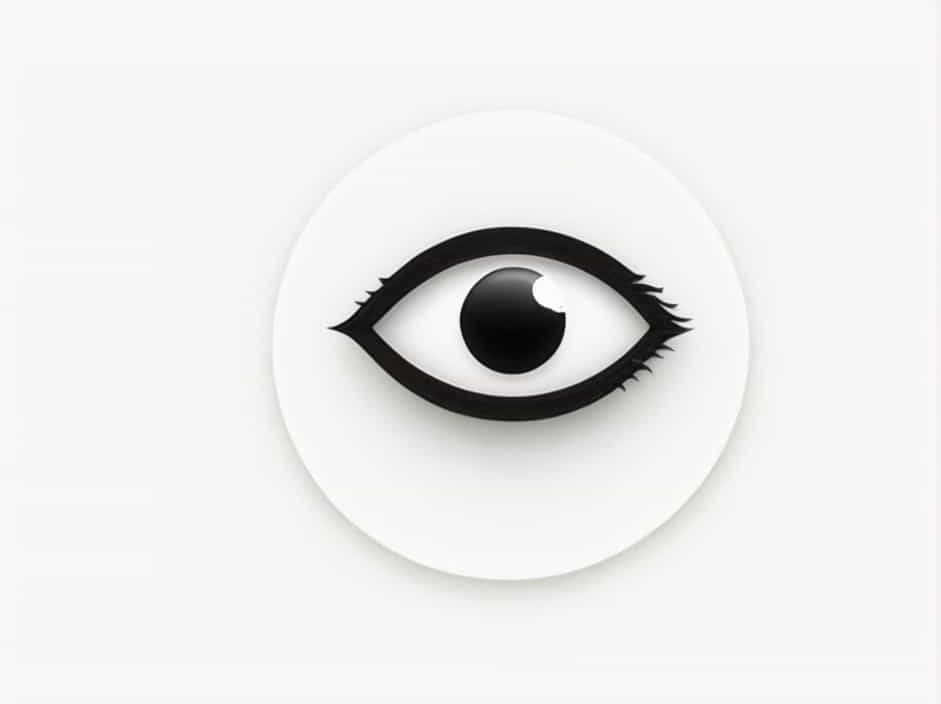The phrase “beauty is in the eye of the beholder” is one of the most well-known expressions about beauty and perception. It suggests that beauty is subjective, meaning that what one person finds beautiful might not be the same for another.
This idea challenges the notion of universal beauty standards and highlights how personal experiences, culture, and emotions influence what people consider beautiful. In this topic, we will explore the origin, meaning, and impact of this famous saying.
The Meaning of “Beauty Is in the Eye of the Beholder”
1. Subjectivity of Beauty
This phrase emphasizes that beauty is not absolute but rather depends on individual perception. What looks attractive to one person may not be appealing to another.
For example:
✔ Some people find modern architecture stunning, while others prefer classical buildings.
✔ One person may love abstract art, while another enjoys realistic paintings.
This proves that there is no single definition of beauty—it is shaped by personal preferences and life experiences.
2. Influence of Culture and Society
Cultural backgrounds play a big role in shaping what people find beautiful. Beauty standards change across time and regions:
✔ In ancient China, foot binding was once considered beautiful.
✔ In the Renaissance era, fuller body shapes were admired in Western art.
✔ Today, beauty trends shift rapidly due to social media and fashion influences.
These examples show that beauty is not fixed but constantly evolving based on cultural and social factors.
3. Emotional and Psychological Aspects
Beauty is often connected to emotions. People tend to find things beautiful when they are associated with positive memories, feelings, or experiences.
✔ A song may sound beautiful because it reminds someone of a special moment.
✔ A painting may feel meaningful because it evokes strong emotions.
✔ Even a simple smile can be seen as beautiful when it comes from a loved one.
This demonstrates how beauty is deeply tied to personal experiences and emotions.
The Origin of the Quote
1. Historical Background
The idea behind the phrase can be traced back to ancient times. The concept of subjective beauty has been discussed by philosophers for centuries.
✔ The earliest recorded version is believed to be from Plato (4th century BCE), who suggested that beauty is influenced by the observer’s perspective.
✔ The phrase itself appeared in a 19th-century book by Margaret Wolfe Hungerford, who wrote: “Beauty is in the eye of the beholder.”
Since then, this saying has been widely used to express the individual nature of beauty.
2. Influence on Modern Thinking
The phrase has influenced many discussions in art, fashion, and philosophy. It challenges the idea of universal beauty standards and encourages people to embrace diversity.
This belief is especially relevant in today’s world, where body positivity and self-acceptance movements promote the idea that everyone’s version of beauty is valid.
Why This Quote Matters Today
1. Encouraging Self-Acceptance
In a world dominated by social media and beauty standards, many people feel pressured to look a certain way. However, this phrase reminds us that:
✔ Beauty is not defined by society but by individual perception.
✔ What matters most is how you see yourself, not how others see you.
✔ Confidence and self-love are key aspects of beauty.
2. Promoting Diversity in Beauty
Different cultures, body types, and personal styles all contribute to a richer, more diverse idea of beauty. This phrase encourages people to:
✔ Appreciate beauty in all forms.
✔ Respect different perspectives.
✔ Recognize that there is no “right” or “wrong” beauty.
3. Changing Beauty Trends
The definition of beauty has changed throughout history, and it will continue to evolve. Some examples include:
✔ The shift from skinny models to embracing curvier body types.
✔ The rise of natural beauty movements, promoting minimal makeup.
✔ Acceptance of different skin tones, body shapes, and hair types.
This proves that beauty is fluid, and there is always room for change and growth.
Famous Examples of Subjective Beauty
To illustrate how beauty varies between individuals, here are some real-world examples:
✔ Art – Some people admire Picasso’s abstract paintings, while others prefer Leonardo da Vinci’s realism.
✔ Fashion – Bold, colorful outfits may be stunning to some but overwhelming to others.
✔ Music – A song that moves one person emotionally might not have the same effect on another.
These examples highlight how beauty is a matter of personal taste and interpretation.
The phrase “beauty is in the eye of the beholder” serves as a powerful reminder that beauty is subjective and shaped by personal experiences, culture, and emotions.
It encourages people to:
✔ Embrace their unique beauty.
✔ Appreciate diversity in looks, art, and perspectives.
✔ Challenge unrealistic beauty standards.
At the end of the day, beauty is not about fitting into a mold—it’s about seeing and appreciating the world in your own way.
Powered by # ChatGPT Conversation
User: Ronaldo Ronaldo ([email protected])
Created: 11/3/2025, 11.23.20
Updated: 11/3/2025, 14.05.11
Exported: 13/3/2025, 16.13.07
